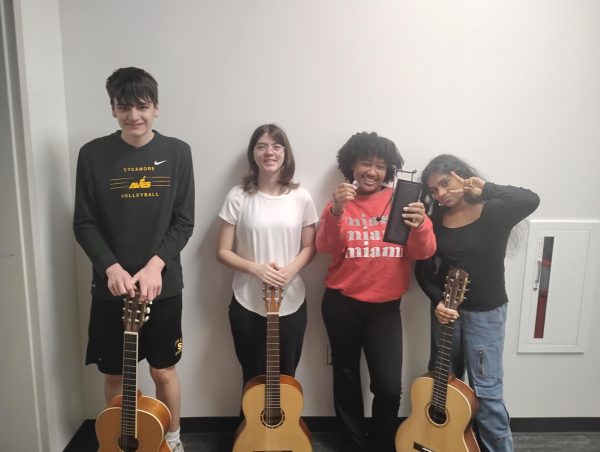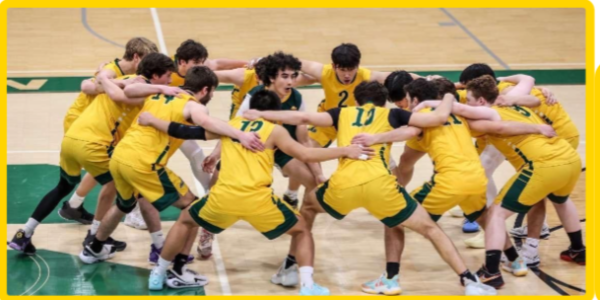Virtual Learning in College from the Perspectives of SHS Alumni
MISSING OUT. At present, many university students are spending little time on campus as some facilities remain closed or require limited occupancy. Many have opted, or are required, to attend virtual classes from home, and others remain in the confines of their dorm rooms.
This year, virtual learning has been put in place for not only high schools, but universities around the nation. From self-paced, asynchronous modules to flipped class structures, college students are undertaking new ways of completing their courses. With students and professors attending Zoom meetings rather than classes in large lecture halls, college is anything but traditional right now.
Former SHS students explain their experiences and thoughts regarding virtual learning during college this semester:
“Most of my classes are asynchronous and involve me watching lectures after they have been recorded. Some professors require cameras on and attentiveness while others are fine with black screens. A lot of classes are flipped, so lectures are watched during students’ own time, and homework and questions are done during class time,” said Eli Cohen, a freshman at Washington University in St. Louis.
“I attend virtual classes from home. Some of my humanities professors have changed their final exam to a final paper, but all of my STEM courses still have exams that may be open-note but with much harder questions. In terms of leniency, some professors have allowed for a few more dropped assignments,” said Maddy Weiss, a sophomore at the University of California Berkeley.
“It is much harder to keep your attention on a Zoom lecture than an in-person one. I end up having to rewatch lectures to understand the material. Some professors [for online classes] use online whiteboards, others have a camera pointed at a physical whiteboard, and others use slides and talk over them. There are tutoring sessions and office hours like usual, but since everything is over Zoom and students don’t want to spend any more time on Zoom, not as many people use them,” said Luis Pereda, a sophomore at Duke University.
“A lot of people have been really bummed about not having a normal freshman year of college, which I am too, but it has pushed people outside of their comfort zones. We have to try harder to create relationships with professors and other students because we can’t see or meet people easily. Honestly, the hardest part about learning completely virtual is learning math” said Grace Deppert, a freshman at the University of Cincinnati,
“I have all online classes, except for a ceramics class that meets once a week in-person. I didn’t mind online classes at first, but it’s gotten harder over the last couple of weeks. The lack of social interaction and structure has taken a toll on my motivation and mental health,” said Ryan Tufts, a junior at The Ohio State University.
“I find myself needing a stricter schedule because of the ability to let an asynchronized class slip my mind. Although it’s much more challenging, I believe it gives us an advantage when it comes to applying for jobs and updating our resumes because we are now technologically advanced and equipped and able to adjust,” said Gina Luck, a junior at Ohio University.
For those of us planning to attend college in the near future, we can only hope that we will be able to listen to a lecture in a classroom rather than through a Zoom meeting.












